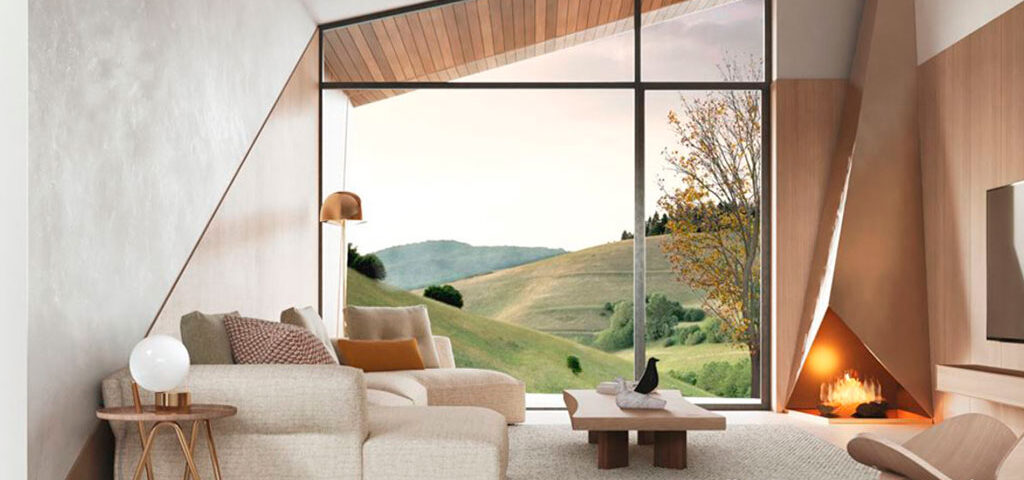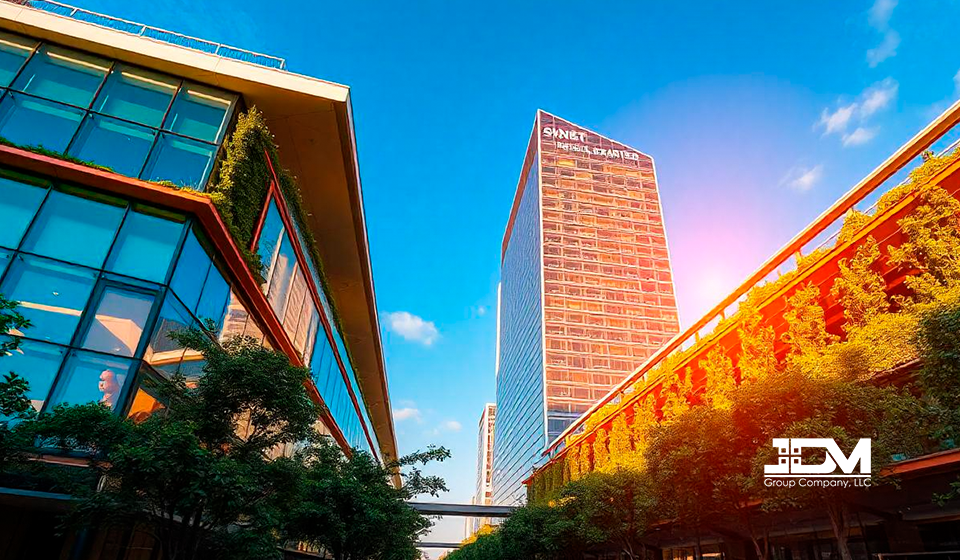Architecture in 2024: Embracing Innovation and Sustainability

Construction in the 21st Century: Trends and Challenges
April 9, 2024
Urbanization in Architecture 2024: Trends and Challenges
April 23, 2024The architecture landscape in 2024 is marked by a focus on innovation, sustainability, and responding to contemporary challenges. As we enter this new era, a series of exciting trends are emerging that are shaping the future of design and construction.
1. Sustainability at the forefront:
Sustainability remains a fundamental principle in architecture, with an increasing emphasis on reducing the carbon footprint of buildings and promoting environmentally friendly practices. This translates into the use of sustainable and low-impact materials, the design of energy-efficient buildings, and the integration of renewable energy systems.
2. The rise of bioclimatic architecture:
Bioclimatic architecture, which relies on passive design principles to optimize indoor comfort and reduce energy consumption, is gaining ground. Architects are using strategies such as solar orientation, natural ventilation, and thermal mass to create buildings that respond to their environment and minimize their reliance on mechanical heating and cooling systems.
3. 3D printing: Transforming construction:
3D printing is revolutionizing the construction industry, enabling the creation of complex and customized structures with greater speed and efficiency. This technology opens up new possibilities for architectural design, offering innovative forms and sustainable construction solutions.
4. Artificial intelligence and big data:
Artificial intelligence and big data are transforming the architectural design process, providing tools to optimize building performance, analyze usage data, and predict future needs. Architects are using these technologies to create smarter and more responsive spaces that adapt to the needs of occupants.
5. Community spaces and redevelopment:
There is a growing emphasis on designing community spaces that foster social interaction and connection with the environment. Cities are redeveloping underutilized areas to create vibrant parks, plazas, and other public spaces that improve urban quality of life.
6. Affordable and adaptable housing:
The need for affordable and adaptable housing remains a major challenge worldwide. Architects are developing innovative solutions to create high-quality housing that is accessible to people of all income levels and can adapt to the changing needs of occupants.
7. Design for well-being:
Occupant well-being has become a primary factor in architectural design. Spaces are designed to promote physical and mental health, using elements such as natural light, vegetation, and materials that improve indoor air quality.
8. Reinvented vernacular architectures:
There is a resurgence of interest in vernacular architectures, adapting and reimagining traditional construction techniques to create sustainable and culturally sensitive solutions to contemporary challenges.
In conclusion, architecture in 2024 is characterized by a dynamic and innovative approach that responds to the urgent social and environmental challenges of our time. The integration of sustainability, technology, and human-centered design will shape the future of the spaces we inhabit, work, and play.



